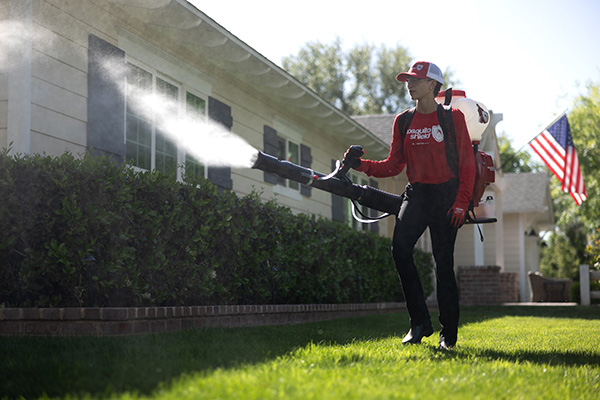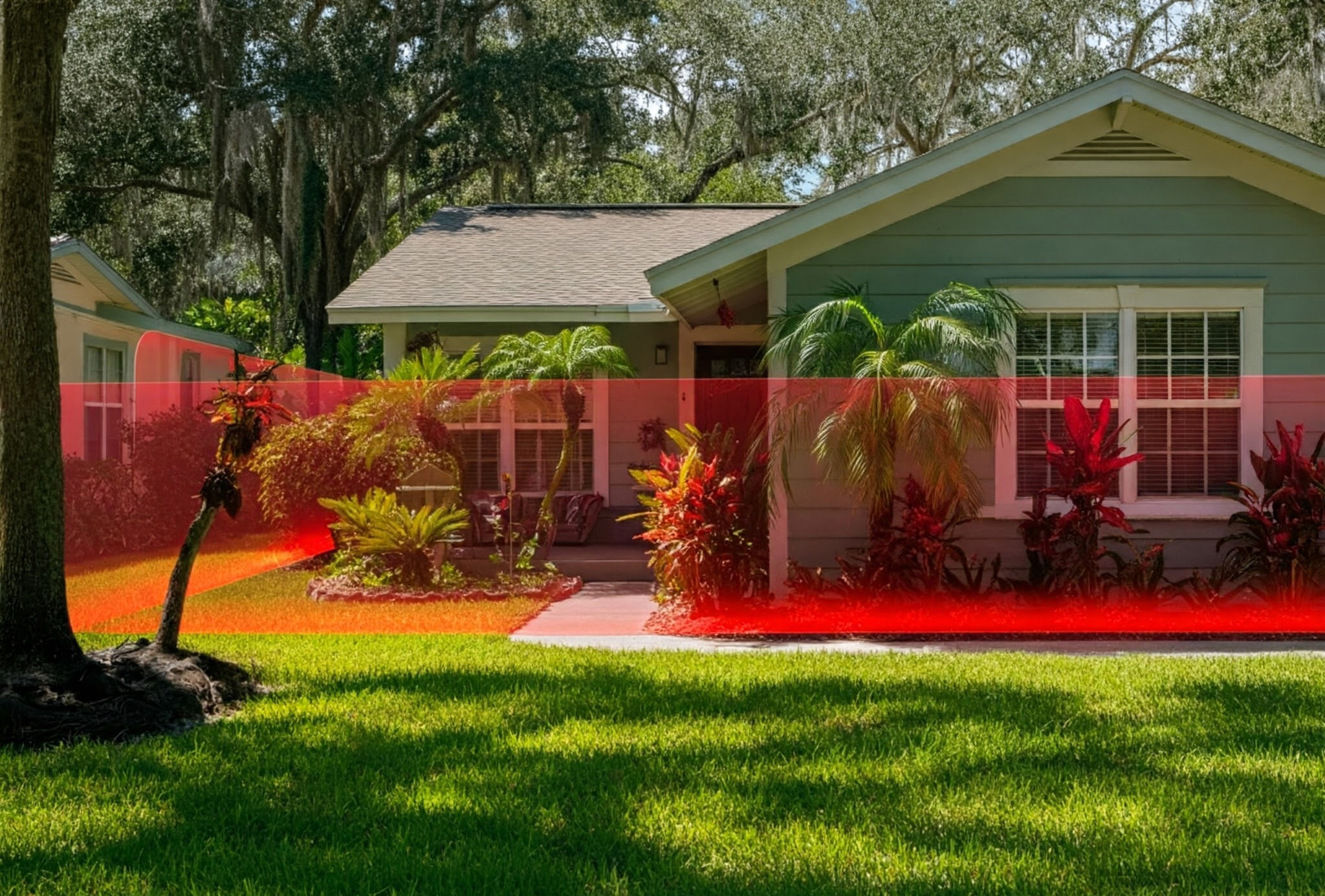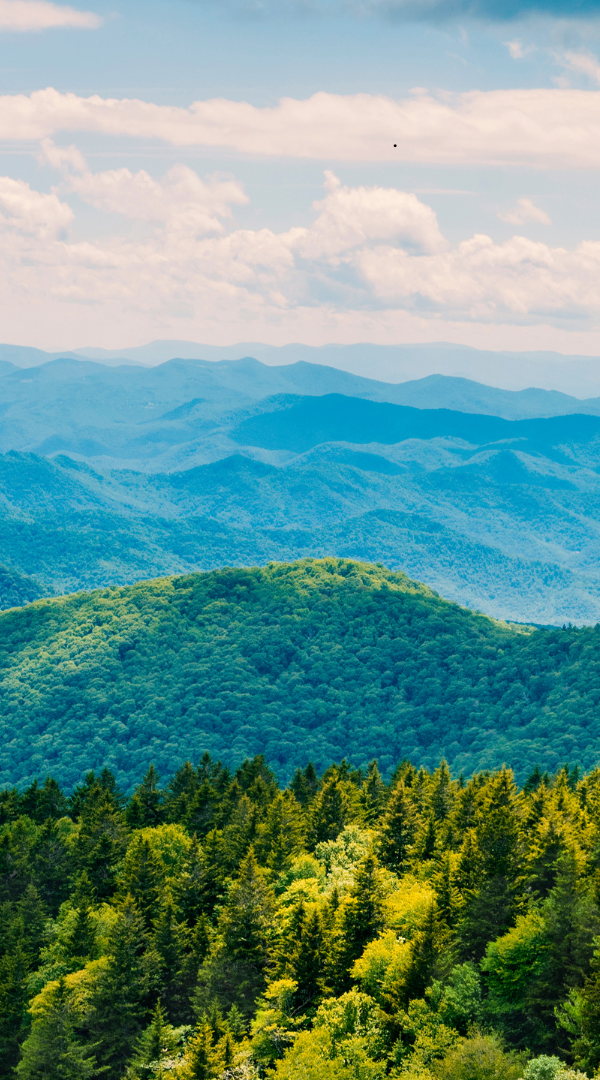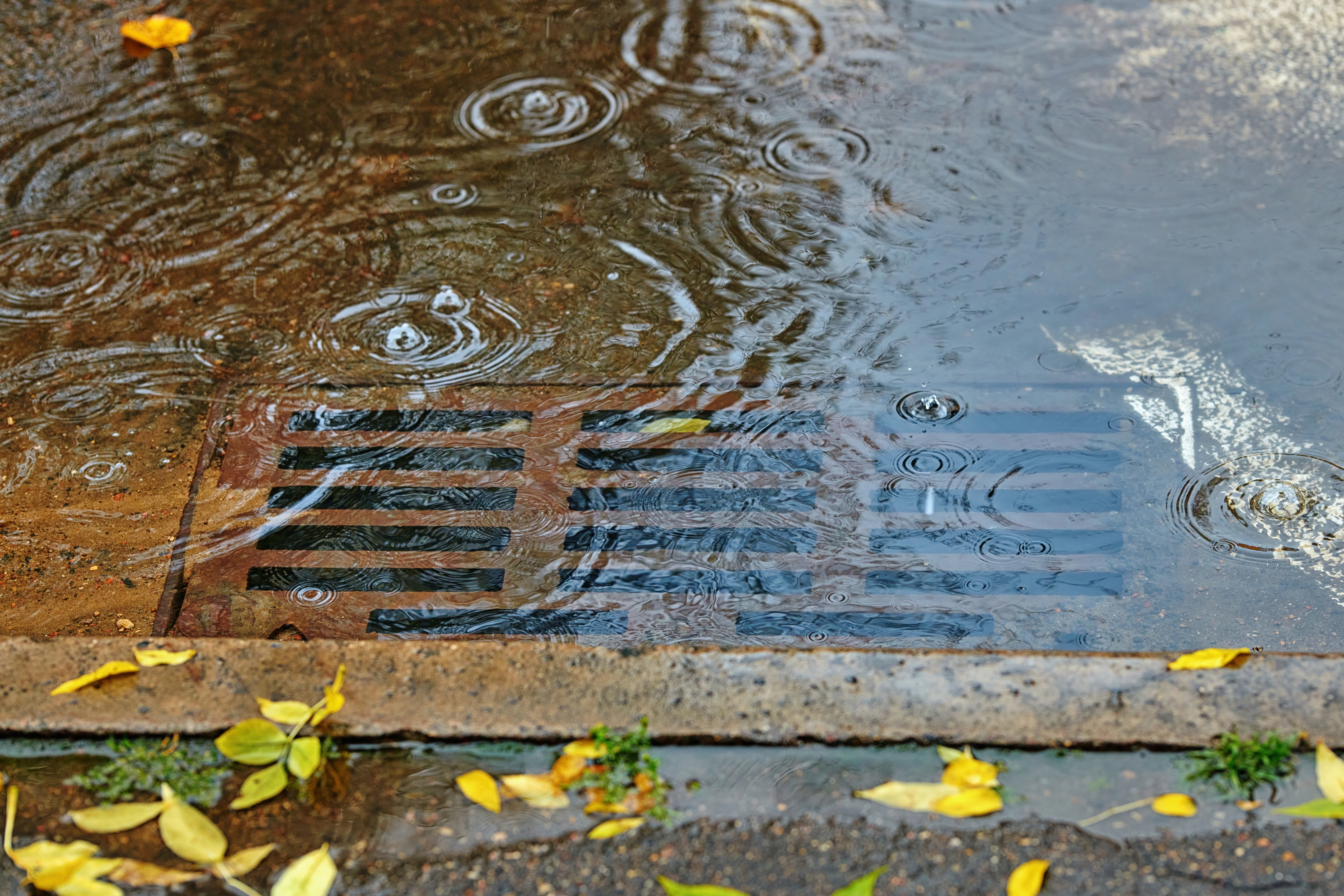Experience relaxation and peace in your backyard with our proven mosquito control solution. Trusted by families in Oak Ridge, our innovative approach not only repels mosquitoes but also establishes a durable barrier customized to your outdoor environment. Mosquito Shield of Greater Greensboro is dedicated to creating mosquito-free zones, so you can enjoy your outdoor spaces without interruption.

Effective mosquito control in Oak Ridge, NC, that drives mosquitoes away and keeps them out of your yard.

Enjoy mosquito-free outdoor time in Oak Ridge with treatments designed to provide lasting results.

Highly rated mosquito control services in Oak Ridge, trusted by residents to enhance outdoor living.

Oak Ridge, North Carolina, is a charming town located in the Piedmont Triad region, known for its scenic landscapes, historic sites, and community-oriented atmosphere. With attractions like Oak Ridge Town Park and the nearby Haw River, residents and visitors enjoy ample opportunities for outdoor activities. However, Oak Ridge’s warm, humid climate and abundant natural areas create favorable conditions for mosquito and tick populations, particularly during the extended warm seasons.
Oak Ridge’s combination of residential neighborhoods, recreational areas, and proximity to waterways provides an environment where mosquito populations can thrive.
Health concerns in Oak Ridge include mosquito-borne illnesses such as West Nile Virus and Eastern Equine Encephalitis, as well as tick-borne diseases like Lyme disease and Rocky Mountain Spotted Fever. These risks highlight the importance of proactive pest management to ensure the safety and enjoyment of Oak Ridge’s outdoor spaces.
To address these challenges, Oak Ridge has adopted measures such as:
As a trusted mosquito control company, we work closely with Oak Ridge residents to reduce mosquito activity through proven treatments and expert guidance. Regular professional mosquito treatments, paired with community-led efforts, are essential to preserving Oak Ridge’s livability and ensuring it remains a safe and enjoyable place to live, work, and explore.

The weather in Oak Ridge, North Carolina, greatly influences seasonal mosquito and tick activity. Hot, humid summers create ideal breeding conditions for mosquitoes, particularly following rainstorms that leave standing water in low-lying areas and drainage ditches. Ticks are most active during spring and fall, thriving in moderate temperatures and densely wooded spaces. While Oak Ridge experiences mild winters, occasional warm spells can prolong mosquito activity, making year-round pest management necessary.

